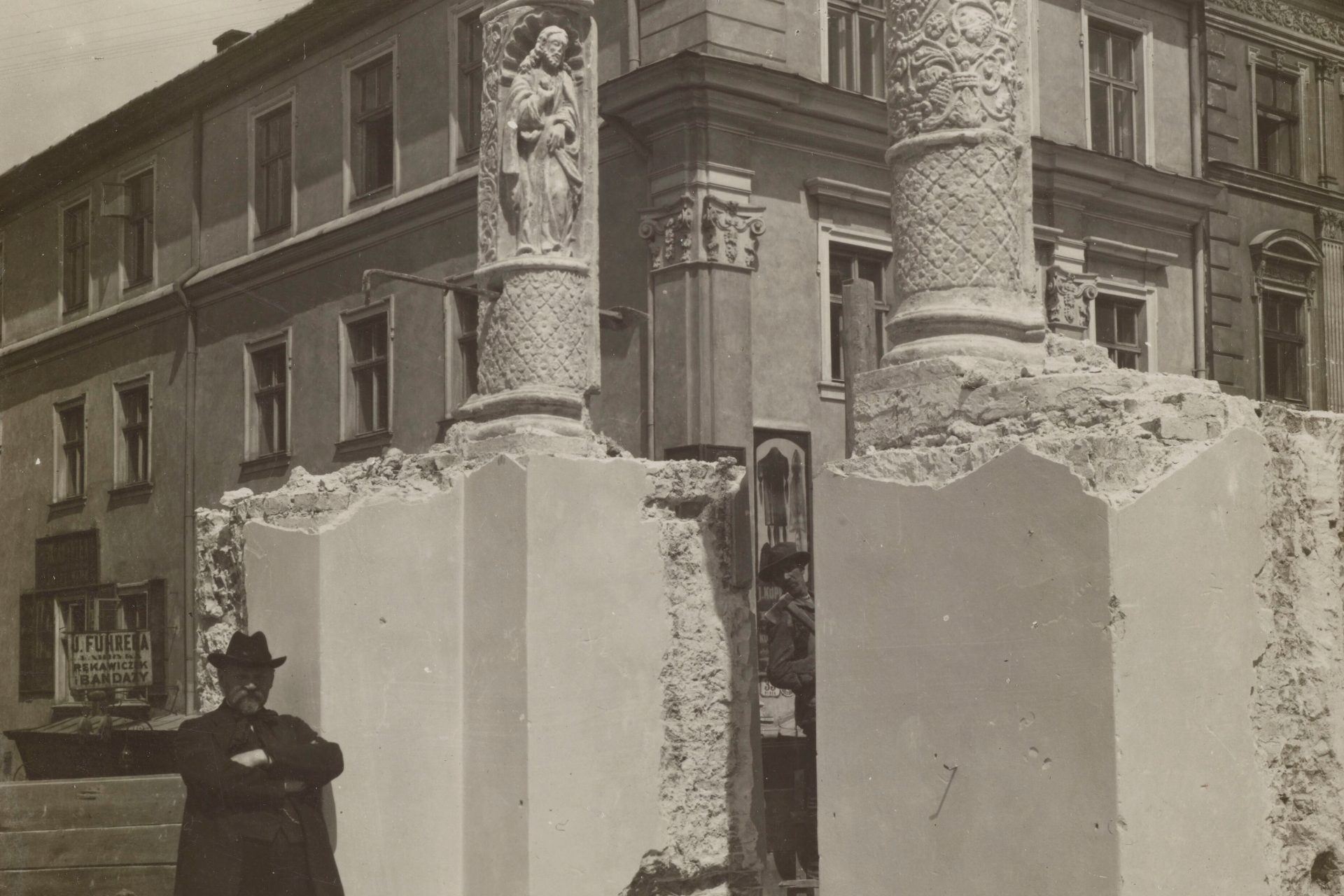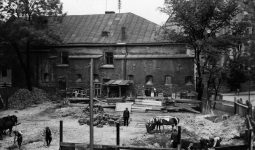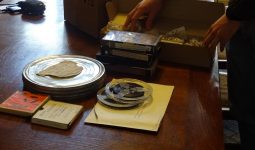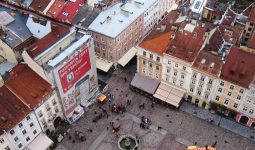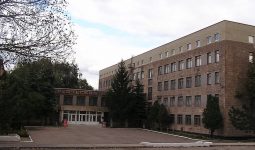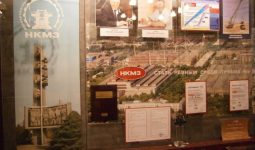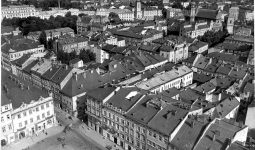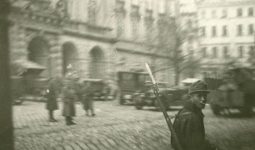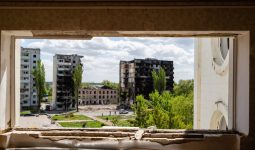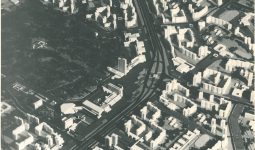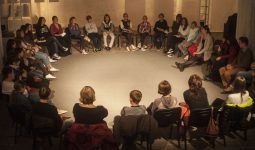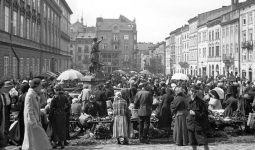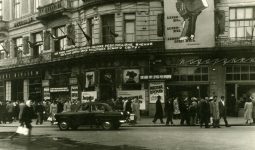The Beginnings of Heritage in Habsburg Lviv: Ideas, People, Institutions
Olha Zarechnyuk
2020 - present
From a culturally and historically insignificant city to an important fortress in the east of the old Polish-Lithuanian Commonwealth, the image of Lviv and its history in the modern era of the second half of the nineteenth century changed considerably. This reinterpretation was not least due to the presence of the monument conservators, whose role in this process remains insufficiently evaluated. These were influential politicians and university professors, and one could confidently say that they represented local elites. Where did these people come from, and how did monument preservation become a part of their biographies? What were their collective impact and personal agency?
This study focuses on the creation of the Lviv monument preservation community, primarily the Conservators Board, from 1889 to 1913. It examines the conservators' search for and assertion of their way and methods in researching and preserving monuments in Lviv; their official status and authorities; the broader context of the city's intellectual life; relations with institutions in Vienna and Krakow; cooperation and opposition with local executive institutions; and the emergence and transfer of ideas and concepts. These stories are told through biographies, histories of institutions, and case studies of heritage sites and their restorations. The processes of inclusion and exclusion of individuals in this field (appointment by conservators), issues of amateurism and professionalization, institutionalization, ethnic and national confrontations, transition to modern monument preservation, and changing approaches to architectural restoration are also matters of considerable attention.
This research relies extensively on the methods of the so-called "entangled history" (histoire croisée), which allows us to examine the disparate national histories of developing heritage preservation in Lviv by its Polish, Ukrainian, and Jewish communities to find their common ground and mutual borrowing and to place them in a broader international perspective: where did the ideas for research, organization of the monument preservation system, and restoration come from and how were they adapted to local needs and realities?
Credits
Cover image: Muzeum Narodowe w Warszawie,photo by Józef Kościesza Jaworski, 1912
